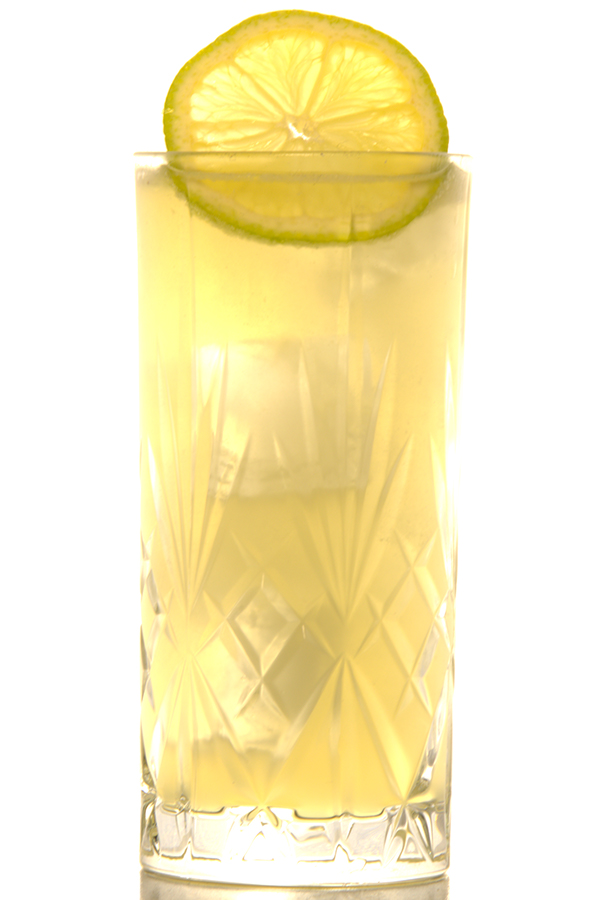The history of the French 75 is steeped in myth and legend. This bubbly sensation was mentioned in Casablanca as well a few John Wayne classics. According to Harry Craddock in his Savoy Cocktail Book, “hits with remarkable precision.”
Popular belief leans towards the cocktail’s story of origin being born in war stories of Allied forces in WWI, finding it easier to acquire French Champagne than club soda to mix their Tom Collins. Necessity being the Mother of invention, a new cocktail was born. The connection would hit you like a French 75-millimetter artillery shell. Great story, right?
In 1919, Harry MacElhone published Harry’s ABC of Mixing Cocktails, a forerunner to the bartending must-have literatures to follow. Inside, he included a recipe for a drink called a “French 75”. The drink was almost indistinguishable from a Tom Collins except for one unique swap: Gin, lemon, sugar and Champagne replacing soda water. With WWI ending just the year before, the timeline makes sense but there is no mention of artillery shells or trench warfare origins.
For a history and cocktail geek like me, a more likely lineage of the libation is just as interesting. With a little digging on the ingredients involved, a much longer history is more likely.
It was stated in an 1885 periodical that Charles Dickens served a very similar drink when he was hosting guests in 1867 at the Park House Hotel in Boston. The drink of mention was made of “Tom Gin and Champagne Cups,” the latter being Champagne, lemon juice, sugar and ice”.
Like the early recipes and origins of the Tom Collins swap I prefer the drink to be served over ice. In a Collins glass. An even more satisfying result than the Champagne glass build that is most served today.

Recipe:
- 1 oz. London Dry Gin
- 1 oz. 1:1 Simple Syrup*
- 1 oz. Fresh Squeezed Lemon Juice
- Top with 2 oz. Chilled Champagne
Procedure:
Shake ingredients 1-3 in shaker with ice. Strain over fresh ice and top with Champagne. Garnish with a lemon wheel.
*Slowly heat 1 part sugar with 1 part water and stir until dissolved. Store in a clean jar or bottle.

